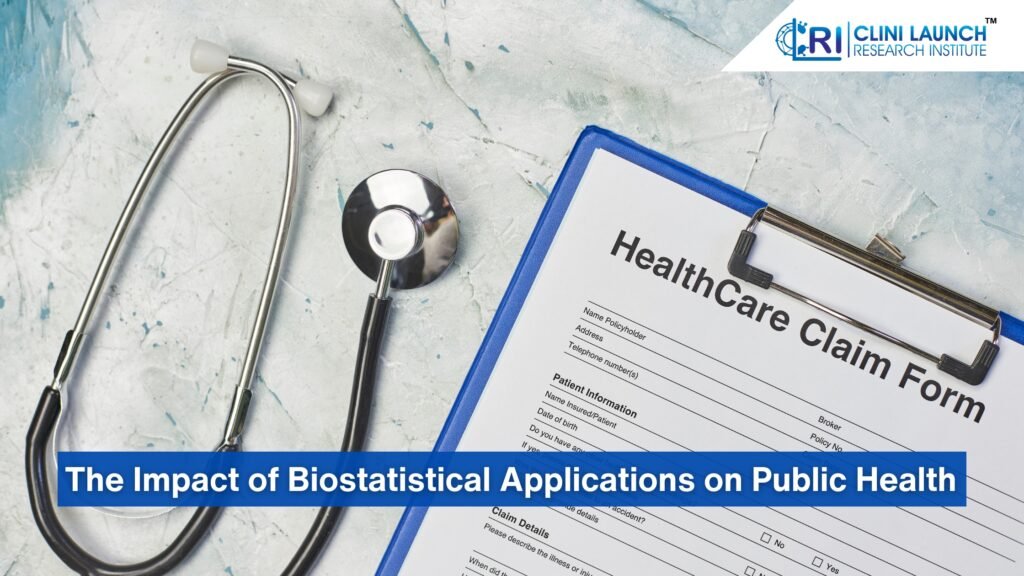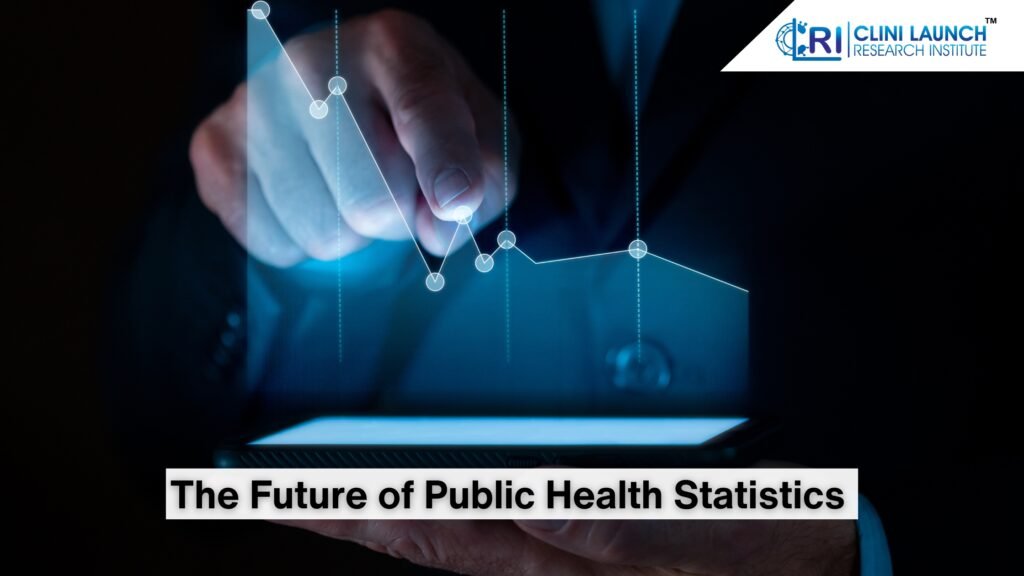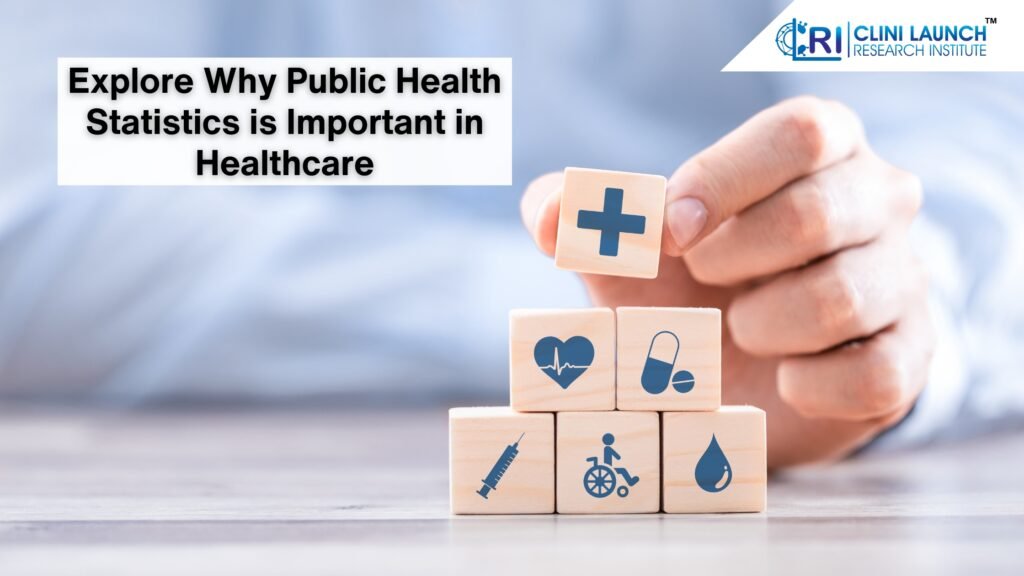Public health is a vast field encompassing everything from preventing the spread of infectious diseases to promoting healthy lifestyles. But behind the scenes, quietly crunching numbers and wielding the power of analysis, lies a critical discipline: biostatistics.
Public health statistics, also known as health statistics applications, are the backbone of evidence-based public health practices. By collecting, analyzing, and interpreting data on health and disease, biostatisticians provide the insights that guide public health interventions, resource allocation, and policy decisions.
Let’s delve deeper into the world of public health statistics and explore how these unsung heroes are working tirelessly to safeguard our collective well-being.
The Power of Epidemiological Data Analysis

Epidemiology, the study of disease patterns in populations, is heavily reliant on biostatistical methods. Epidemiological data analysis allows public health professionals to:
- Identify disease outbreaks: Biostatisticians can analyze data on hospital admissions, doctor visits, and lab reports to detect unusual surges in specific illnesses. This early detection is crucial for containing outbreaks before they escalate.
- Track disease transmission: Data analysis helps map the spread of a disease, identifying high-risk areas and populations. This knowledge informs targeted public health interventions, like vaccination campaigns or localized lockdowns.
- Evaluate risk factors: Biostatistical methods help identify factors that increase the risk of contracting a disease, such as age, lifestyle habits, or environmental exposures. This knowledge allows public health officials to tailor prevention strategies for specific groups.
A classic example of the power of public health statistics is the eradication of smallpox. By meticulously tracking cases and vaccination rates, public health officials could target unvaccinated populations and measure the program’s effectiveness. This data-driven approach ultimately led to the WHO declared smallpox eradicated in 1980, a monumental achievement in public health history.
Visit: Post Graduate Diploma in Biostatistics
The Impact of Biostatistical Applications on Public Health

Public health statistics extend far beyond outbreak control. Here are some other crucial areas where biostatisticians play a vital role:
- Chronic disease management: Biostatisticians help analyze data on chronic conditions like diabetes, heart disease, and cancer. This data helps assess the effectiveness of prevention and treatment programs, identify high-risk populations, and allocate resources efficiently.
- Health policy development: Public health policies are often shaped by statistical evidence. Biostatisticians can analyze data on the cost-effectiveness of interventions, assess the potential impact of new policies, and identify potential disparities in healthcare access.
- Health disparities research: Biostatistics are instrumental in identifying and addressing health disparities across different demographic groups. By analyzing data on factors like socioeconomic status, race, and ethnicity, public health officials can design targeted interventions to ensure everyone has access to quality healthcare.
For instance, biostatistical analysis of cancer data might reveal disparities in cancer rates or access to treatment based on socioeconomic background. This information can then be used to create targeted outreach programs or financial assistance initiatives to address these disparities.
Considerations in Public Health Statistics
While public health statistics offer immense value, it’s important to acknowledge the complexities involved. Here are some key considerations:
- Data quality: The quality of the data used in analyses is paramount. Biostatisticians work closely with public health professionals to ensure data is accurate, complete, and representative of the target population.
- Data interpretation: Statistical analysis is just one piece of the puzzle. Biostatisticians must carefully interpret the results in the context of existing knowledge and potential limitations of the data.
- Communication of findings: Presenting complex statistical findings in a clear and concise manner is crucial for informing public health decisions and engaging the public.
Biostatisticians are not just number crunchers; they are skilled communicators who can translate data into actionable insights for policymakers, healthcare professionals, and the public.
Visit: Biostatistics Program
The Future of Public Health Statistics

The field of public health statistics is constantly evolving. New technologies are opening up exciting possibilities for data analysis and disease prediction.
Biostatisticians are now working on integrating these advancements into their workflows to:
- Analyze massive datasets: Large and complex datasets can provide a more comprehensive picture of population health trends.
- Develop predictive models: Statistical models can be used to predict disease outbreaks or identify individuals at high risk of developing certain conditions.
- Personalized public health interventions: By combining individual health data with environmental and social factors, biostatistics can aid in developing personalized public health strategies.
As we move forward, embracing these innovations will be crucial for strengthening public health surveillance, prevention efforts, and ultimately, safeguarding the health of our communities.
Conclusion
Public health statistics are a fascinating field with a profound impact on our daily lives. If you’re interested in learning more, consider exploring resources from reputable public health organizations like the World Health Organization (WHO) or the Centers for Disease Control and Prevention (CDC). You can also advocate for increased funding for public health initiatives and support policies driven by strong statistical evidence.
Remember, a well-informed public is a healthier public. Let’s celebrate the unsung heroes of biostatistics and embrace the power of data to safeguard our collective well-being.
CliniLaunch offers post graduate diploma in biostatistics known for being the best biostatistics training institute in India. To know more about the course offered by CliniLaunch for career prospecting or transition in the field of biostatistics, fill up the form given below.
Content Writer | Content Marketer | Ex-Academic Research Associate







It’s really a great and helpful piece of information I am happy that you shared this helpful info with us Please keep us up to date like this Thank you for sharing
Your article helped me a lot, is there any more related content? Thanks!
Your point of view caught my eye and was very interesting. Thanks.